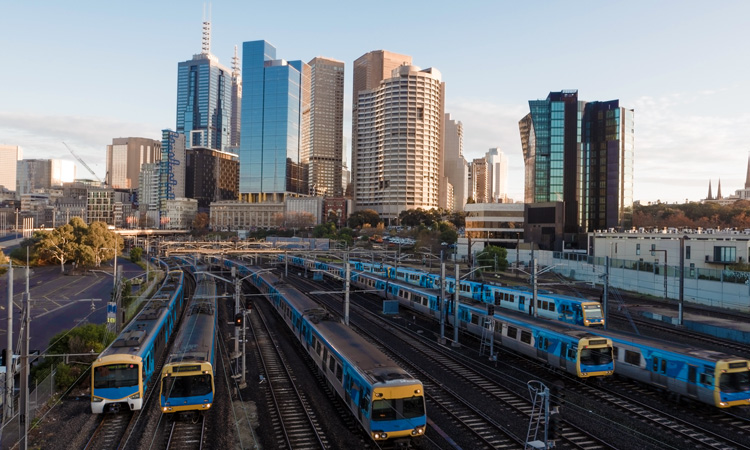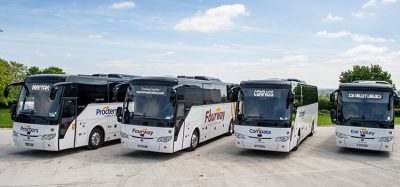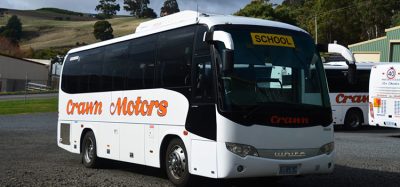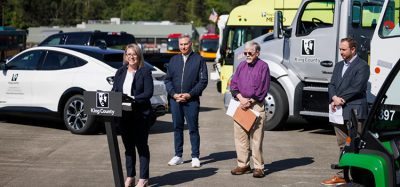Victoria’s public transport workforce ready to diversify, finds research
- Like
- Digg
- Del
- Tumblr
- VKontakte
- Buffer
- Love This
- Odnoklassniki
- Meneame
- Blogger
- Amazon
- Yahoo Mail
- Gmail
- AOL
- Newsvine
- HackerNews
- Evernote
- MySpace
- Mail.ru
- Viadeo
- Line
- Comments
- Yummly
- SMS
- Viber
- Telegram
- Subscribe
- Skype
- Facebook Messenger
- Kakao
- LiveJournal
- Yammer
- Edgar
- Fintel
- Mix
- Instapaper
- Copy Link
Posted: 18 May 2020 | Sam Mehmet (Intelligent Transport)
A collaborative research project has come to the conclusion that now is the time for Victoria to plan for significant growth and technological change.


New research has suggested that Victoria’s public transport sector has an “exciting opportunity” to address emerging skills shortages through increasing the participation of women and young people.
A nine-month collaborative project between the Rail Manufacturing Cooperative Research Centre (CRC), Victoria University (VU) and the Victorian Department of Transport (DoT) was based on surveys, interviews and forums with Victoria’s rail, tram and bus operators, young Australians and peak industry bodies. The researchers also conducted organisational and economic reviews across a range of roles including engineers, drivers, manufacturers and maintenance workers to assess how to retain staff and promote the industry to the next generation of workers.
The transport workforce – globally and in Victoria – has long been perceived as ageing and predominantly male, while the sector itself is often perceived as conservative in adopting new technology. These perceptions are said to influence the ability of the transport sector to attract and retain employees. However, the rail industry is thought to be facing significant technological change, including new manufacturing processes, automation and advancements in material technologies across the country.
VU lead researcher, Celeste Young, said the sector is at a critical point where the industry needs to plan for significant growth and technological change. Victoria University Vice-Chancellor, Professor Peter Dawkins, said the study reinforces the role of successful collaborations between industry, government and research institutes in developing sustainable solutions to meet the future needs of industry. “VU is proud to be part of this multi-party collaboration, and that our innovative research has contributed to solutions that will shape the development of the future public transport workforce.”
Among the study’s key findings:
- Lack of awareness about opportunities in public transport: Career options in the sector are not well known to young people. Research involving more than 1,000 young Australians found while there is interest in working in public transport, awareness in career pathways is mostly limited to public-facing roles such as bus drivers or train drivers. Future recruitment should focus on promoting the industry to a more diverse workforce to attract more women and young people
- Importance of public transport in the Australian economy: The study found investment in public transport helps not only enhance services, but also fuels innovation, skills development, and creates jobs in local supply chains. The industry should emphasise the importance of these services, how the sector is boosting the local economy and the opportunities that it provides for upskilling workers. The study found that by carefully targeting advanced manufacturing in parts of the supply chain, up to 5.3 jobs could be created for every additional $1 million investment
- Need focus on meaningful training: With billions of dollars to be spent in Victoria on new trains, trams and buses over the next decade, training programmes must embody niche skills required over the next five to 10 years that will create an employment pipeline of diverse, skilled employees trained through continuous learning, rather than the linear, competency-based training of the past. Training in people-based ‘soft skills,’ such as communication, is crucial to manage this transformation but is recognised as a critical skills gap in the sector.
Related topics
Public Transport, Staff & Skills Development, Workforce Inclusivity
Related cities
Victoria
Related organisations
Rail Manufacturing Cooperative Research Centre (CRC), Victoria University (VU), Victorian Department of Transport (DoT)
Related people
Celeste Young, Peter Dawkins







